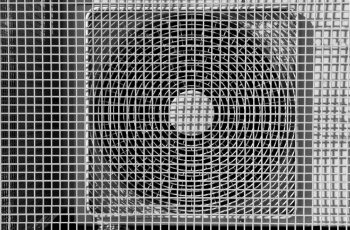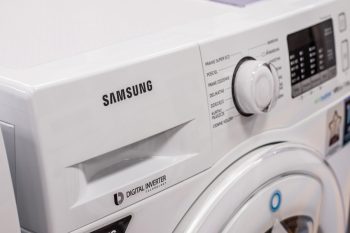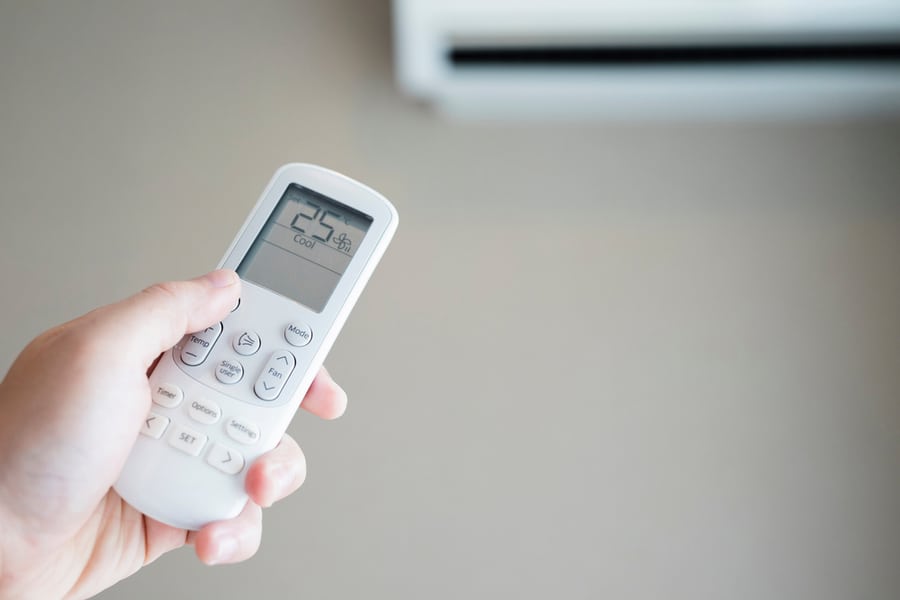
Summers are around the corner; it’s a time to prepare before time to make the most of the cooling appliances by exploring the hidden features of its remote controls and other framework understandings.
Users are unaware of so many unknown backdrops that they stay unaware of throughout their use.
Learn the following features about your air conditioner settings, and avail of the services to the fullest.
Next time you use a remote, do not get confused by the complicated symbols and labels; instead, introduce yourself to an upgraded experience through the following remote control features.
These setting options can drastically change the usage perspective of your air cooling systems:
General Features of AC Remotes Include:
- Swing Control Option
- Speed of Fan
- Time & Duration
Smart Settings Features of Your AC:
- Automate Your AC With i-Feel Mode.
- Enjoy Healthy Cooling via Anti-Mold Cooling.
- Keep Humidity Under Check Using DS mode.
- Save Power Using Capacity Control.
- Get Your Desired Temperature With Chill Control.
- Go Green With Eco Feature.
- Save Time With Smart AC Option.
You can change the settings of your AC systems using their remote controls.
The settings usually fall into two categories: General and Smart. The smart settings and features are more advanced.
The general setting has the following features:
General Features of AC Remotes
You will see some features on every model of the AC. These are general features that control the typical operation of your air conditioning system.
1. Swing Control Option

You can make your AC throw air in your desired direction by adjusting the swing using your AC remote. You can keep it on either static or dynamic, depending on your preference.
2. Speed of Fan
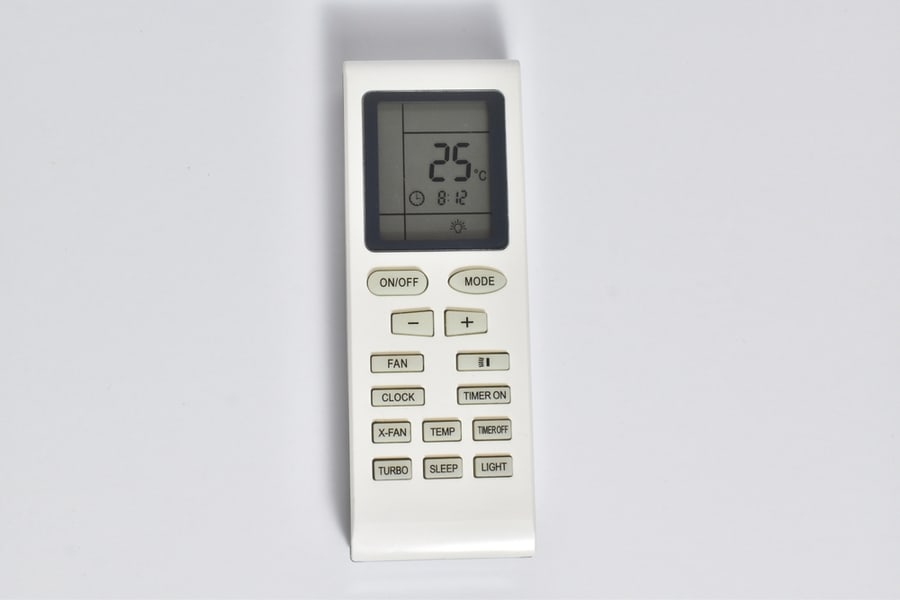
The air conditioner fan throws the conditioned air out of the unit. The speed of this fan also affects the efficiency of your AC.
It usually comes in the following speeds in most systems:
- Auto
- Low
- Medium
- High
3. Time and Duration

This feature allows you to set the time and duration of each cooling session. Many systems have different timers that you can set using the remote control.
You can select the timer in accordance with your desired temperature.
Smart Settings on Your AC
Moving forward, we have some smart features you can set for your AC system using your AC remote controls. They are usually present in the latest and some of the old models.
The names and icons of these smart features can vary from brand to brand.
1. Automate Your AC With I-Feel Mode

This is an artificially intelligent system integrated into most cooling appliances. It usually has a minimal logo at the bottom, which is not noticeable.
It is a highly sensitive compartment that senses the user’s distance from the air conditioner and modifies the temperature and direction of the slits according to it.
You will not have to move it every time you change your position in the room or press the increase and decrease temperature buttons repeatedly; instead, you can bring this feature into use, and it will automatically save you trouble.
2. Enjoy Healthy Cooling via Anti-Mold Cooling

There is an icon that says “fungal proof,” or in some remotes, it comes under the “health” button.
This feature keeps the air blowing even when the condenser turns off when you power off your air conditioner, preventing the accumulation of water vapors leading to fungal production.
Evaporation systems in your ACs use many coils and filters through which water continuously passes.
When the system turns off, it allows mold to grow and spread into inaccessible parts, eventually becoming a source of unhygienic spread of germs through the air or blocking the coils.
It can also store the humidity and lead to short circuits.
3. Keep Humidity Under Check Using DS Mode
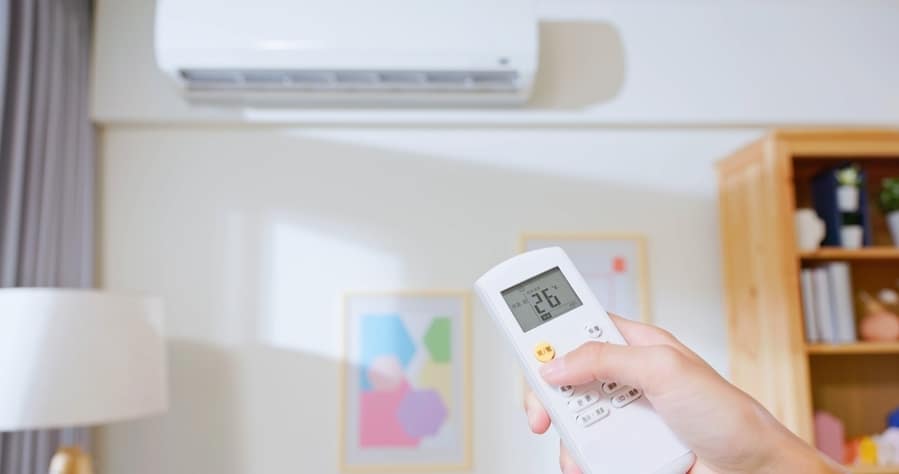
D and S stand for dry and super dry modes. You can put this on automatic mode or manually set it according to the area you live in or the duration of usage throughout the day.
The essential purpose of this system is to provide maximum cooling with a minimum amount of dampness in the room.
It maintains an ideal comfort level during rainy seasons and the gradually increasing moist environment. It will also save your furniture or other humidity-sensitive things in the room.
It keeps the usual dryness level in the room by occasionally turning on the internal and external fan systems when it detects abnormal humidity levels.
4. Save Power Using Capacity Control
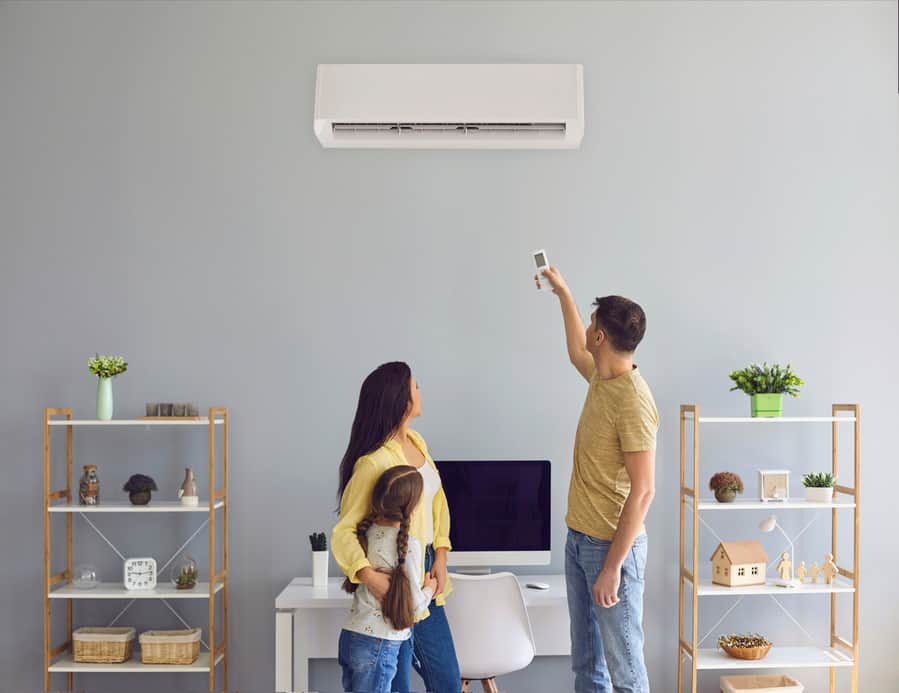
This control system can control the operating budget of your AC by managing the amount of voltage you are using.
This can be adjusted according to the intensity of the heat during the hour or the count of people present in the room.
Turning this on can save up to thirty percent of your electricity units. Now you will not have to turn them off every time you want to lower your bills, minimize the overall intensity and voltage, and your goal is achieved.
5. Get Your Desired Temperature With Chill Control
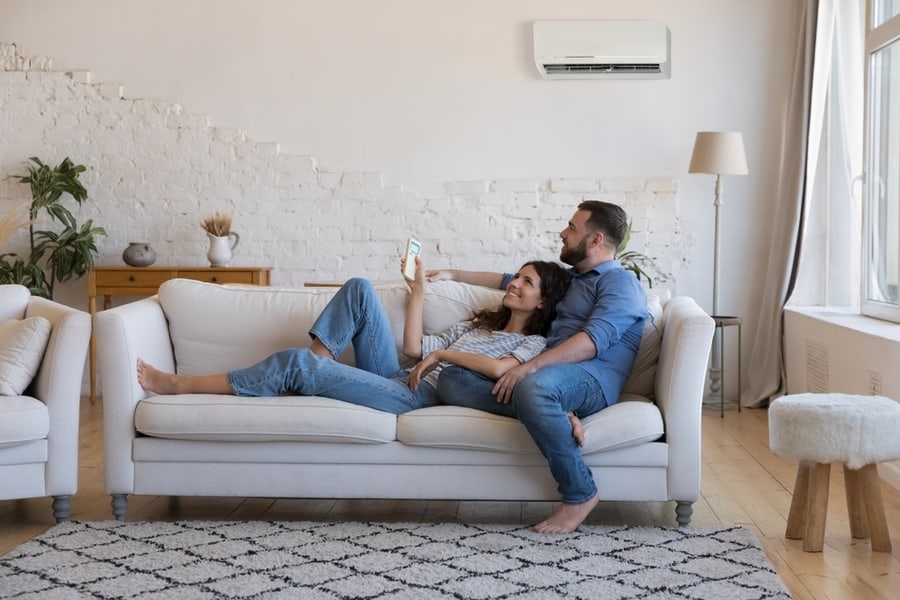
This feature is easy to understand and very effective. You have to fix a temperature limit for your air conditioner, and it notifies the user as soon as the temperature crosses the set limit.
This will give you a small chart of total usage throughout the day from the beginning of the operation to when it reaches its restricted degree.
You can allow a further increase or stop the chilling system and switch it to the fan mode; this will maintain the cooling without crossing your temperature limit.
You can set a time limit for your cooling period, and it will automatically either switch to the simple air mode or turn off the air conditioning.
6. Go Green With Eco Feature

This feature works in two ways:
Moderating Carbon Release
Most air conditioners have Eco mode, but some also go by “saving mode,” and both do the same job.
It brings the temperature to an eco-friendly level which ensures that there will be no carbon release in the atmosphere beyond a healthy limit while maintaining the cooling condition close to the desirable degrees.
Reduces the Workload
This also reduces pressure on the hardware and saves electricity by lowering the voltage usage throughout the installation. This reduction in voltage also helps you with your energy bills.
7. Save Time With Smart AC Option

This feature connects your air conditioners to your phone, so you can control all your AC settings and check the functioning wherever you are. If your remote is not working or you cannot find a specific feature from the manual remote, this always comes in handy.
Takeaway
We all want to make every penny count when we buy a new electrical appliance. This can only be done if we gain detailed knowledge about its control systems.
Many exciting features not just help the user by bringing extra comfort and efficiency but also save the ecosystem through various intelligent properties.
Factors like dryness levels, humidity intensity, fungus protection, and many others can be controlled and balanced through simple tips and tricks.
Frequently Asked Questions
How Many Types of Air Conditioning Settings Are There?
There are many depending on the model and brand of your system. Power on and off buttons, cooling, ventilator, Eco mode, automatic control, warmth control, and the rest come in other settings options in the main menu control buttons.
Can My AC Settings Automatically Change?
Settings do not change independently unless you set them on auto mode. If you still find it modified automatically, there might be an issue with the battery.

